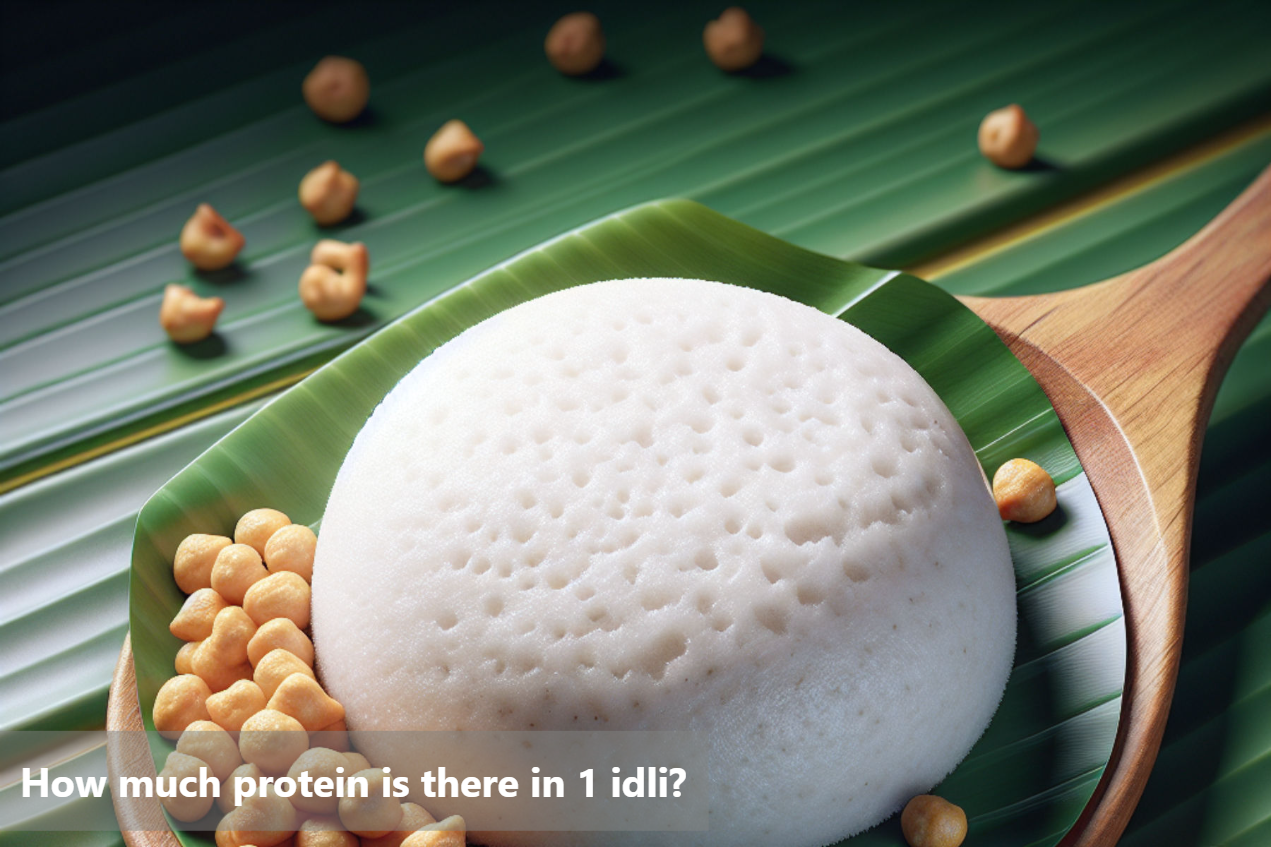
How much protein is there in 1 idli?
In Indian cuisine, idli holds a special place as a popular and versatile dish enjoyed by many. This steamed cake made from fermented rice and lentil batter not only excites the taste buds but also packs a nutritional punch. One of the key nutritional aspects of idli is its protein content, making it a valuable addition to one's diet.
With each serving of idli, you are not only savoring its soft texture and subtle flavors but also benefiting from a notable amount of protein. This protein-rich offering can contribute significantly to your daily protein intake, aiding in muscle repair, growth, and overall well-being.
As we journey through the world of idlis and nutrition, we will uncover the exact protein content in different types of idlis, shedding light on the diverse options available and the unique nutritional profiles they offer. So, brace yourself for a delightful exploration of protein-rich idlis and their essential role in a wholesome diet.

Nutritional Content of Idli
1 idli provides following:
|
Amount Per Serving |
% Daily Value |
Calories |
67kcal |
3% |
Fats |
2g |
3% |
Sat. fats |
0g |
0% |
Mono. Fats |
0g |
0% |
Trans fats |
0g |
0% |
Carbs |
10g |
3% |
Sugars |
0g |
0% |
Fiber |
2g |
7% |
Proteins |
2g |
3% |
Cholesterol |
0mg |
0% |
Sodium |
163mg |
7% |
How Much Protein is in 1 Idli?
To determine the protein content in idli, we need to understand the composition of this traditional dish.
Plain idli, made from a combination of rice and lentils, is a common variant. A single plain idli typically contains around 2-3 grams of protein. However, the protein content can vary slightly based on factors like the specific type of lentils used and the fermentation process.
In contrast, rava idli, which is made from semolina, has a lower protein content compared to traditional plain idlis. On average, a rava idli contains approximately 1-2 grams of protein per idli.
Oats idli, a healthier alternative, offers a similar protein content to plain idli, with around 2-3 grams of protein per serving.
When assessing the protein quality in idli, it is essential to consider the biological value of the protein present. The combination of rice and lentils in idli creates a complete protein source, offering all essential amino acids required by the body for various functions. This high-quality protein aids in muscle repair, growth, and overall bodily functions, making idli a valuable addition to a balanced diet.
Benefits of Protein in Idli
Firstly, consuming protein-rich idlis supports muscle growth and repair. The amino acids in protein are the building blocks of muscles, aiding in their development and recovery after physical activities. This is particularly beneficial for individuals engaging in exercise or looking to maintain muscle mass.
Moreover, protein in idlis helps in various body functions, such as enzyme production, immune system support, and hormone regulation. Including protein in your diet through idlis ensures that your body has an adequate supply of this macronutrient to carry out essential tasks effectively.
In addition to protein, idlis contain other nutrients like fiber, vitamins, and minerals that complement the protein content. These nutrients work together to boost overall health, promote digestion, and provide a range of essential vitamins and minerals necessary for various bodily functions.
By incorporating protein-rich idlis into your meals, you can not only enjoy a delicious traditional dish but also reap the benefits of a nutrient-packed food that supports your body's needs.

Measuring Protein Concentration in One Idli
It is apparent that idli is more than just a traditional dish—it is a significant source of protein that should not be overlooked in a balanced diet. One key takeaway is the protein richness of idlis, making them a valuable addition to one's meals.
When considering the question of how much protein is in one idli, it is evident that even a single idli contains a notable amount of protein, contributing towards daily intake requirements. The varying types of idlis, such as plain, rava, or oats idli, showcase different protein contents, offering options for individuals with different dietary preferences.
Recognizing the importance of protein in idlis goes beyond mere quantity. The protein quality and biological value in idli make it a complete and wholesome food choice. Incorporating protein-rich idlis into one's diet supports muscle growth, repair, and overall bodily functions.
It is imperative to prioritize the nutritional value of idlis when planning meals, as they offer a balance of essential nutrients crucial for overall well-being. By acknowledging the significance of protein in idlis, readers are encouraged to make informed decisions that promote a healthier lifestyle.
FAQs
-
Is idli a good source of protein?
Yes, idli is a good source of protein, with approximately 2-3 grams of protein per idli.
-
How does idli compare to other protein sources?
While idli is not as protein-rich as certain meat or legume dishes, it still provides a decent amount of protein for a vegetarian option.
-
Can I increase the protein content in idlis?
Yes, you can boost the protein content in idlis by adding ingredients like lentils or nuts to the batter.
-
Are there any protein variations of idli available?
Yes, there are versions of idlis made with added protein sources like quinoa or chickpea flour for those looking for higher protein options.
-
How can I enjoy idlis for a protein-rich meal?
Pairing idlis with protein-rich sides like sambar (lentil stew) or chutney made with nuts can make for a balanced and protein-packed meal.
This Blog post is an initiative by Lo! Foods, to provide accurate and Nutritionist / Doctor approved information related to Health. Lo! Foods is India's leading brand for Everyday Functional Foods. Foods designed for specific Health conditions or Needs. Lo! Foods also runs India's largest range of Low Carb Healthy Cloud Kitchens, under the brand names of Lo!, ProteinChef, ATH (All Things Healthy) and DiabeSmart.



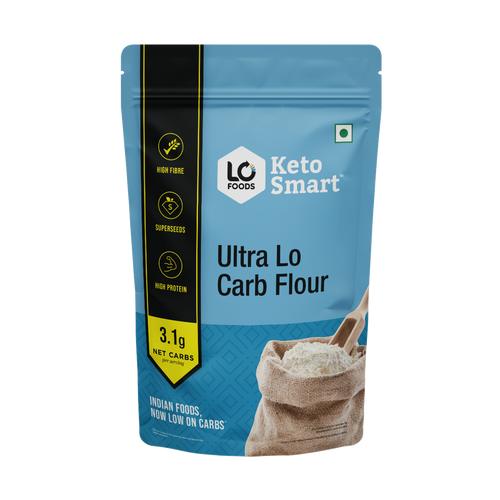
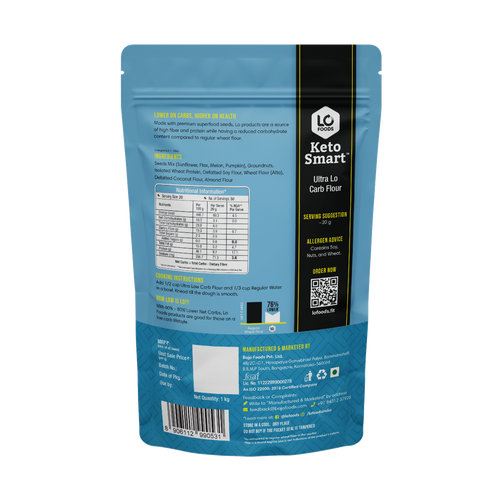
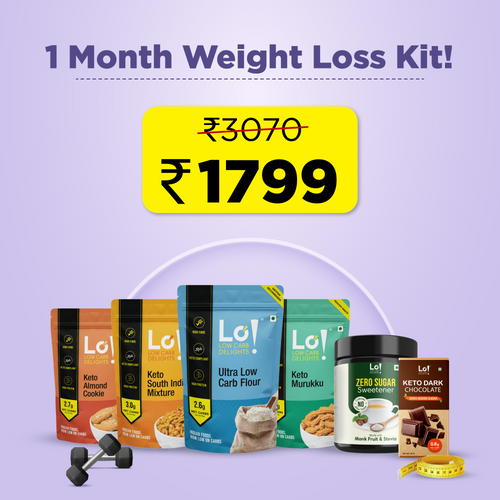
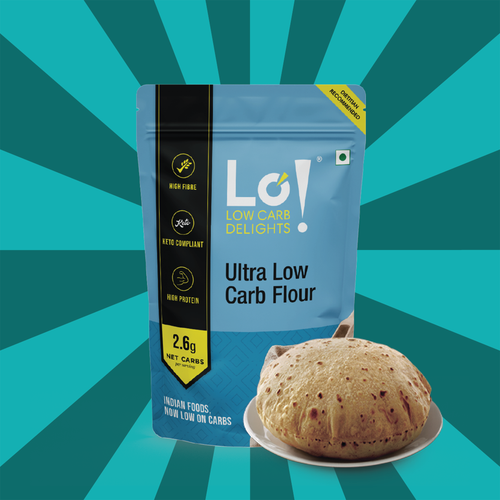


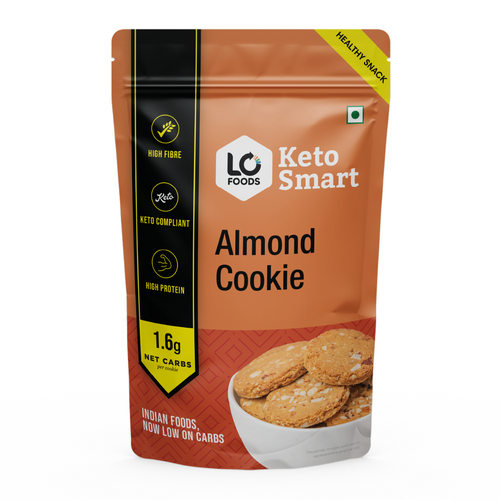





Leave a comment
Your email address will not be published.